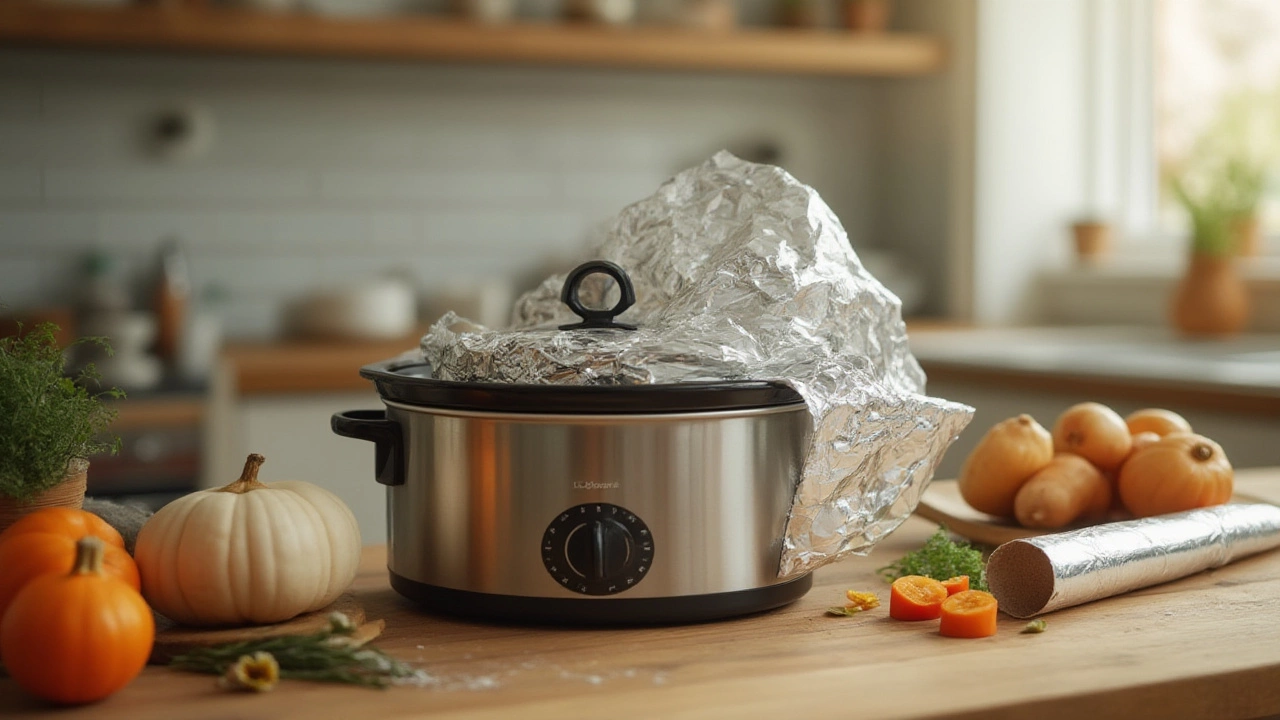Aluminum Foil: How to Use It, Keep It Safe, and Save Money
If you have a roll of aluminum foil in the drawer, you already have a cheap multitool for the kitchen. It can bake, grill, wrap, and seal food with almost no effort. Below you’ll find easy tricks that work for everyday meals and a few safety tips to avoid common mishaps.
Top Kitchen Tricks with Aluminum Foil
One of the fastest ways to get a crisp bottom on pizza or a roasted veggie tray is to line the baking sheet with foil. The metal conducts heat evenly, so your food browns without sticking. For a quick mess‑free cleanup, just fold the foil over the tray and toss it when you’re done.
Foil also makes a great makeshift lid for dishes that need steam. If you’re braising chicken or simmering a sauce, fold a sheet over the pot and seal the edges. The steam stays inside, keeping the meat juicy and the sauce thick. When you need to keep baked potatoes warm, wrap them individually in foil and store them in a low oven. The heat stays locked in, and the flesh stays fluffy.
Need to sharpen kitchen scissors or a loaf‑slicing knife? Fold a piece of heavy‑duty foil into a thin strip and run the blade along it a few times. The tiny particles remove burrs and give the edge a quick polish without a stone.
Safety and Sustainability Tips
Aluminum foil is safe for most cooking, but avoid long contact with acidic foods like tomatoes or lemon juice. The acid can eat into the foil and leave a metallic taste. If you need to store acidic leftovers, use a glass container and add a foil cover only for short periods.
Never put foil in the microwave. The metal can spark and cause fire. Instead, use a microwave‑safe plate and cover with a paper towel if you want to keep steam in.
When grilling, use foil to create a foil packet for delicate fish or veggies. This prevents them from falling through the grill grates and makes cleanup a breeze. Just be sure the packet is sealed tightly; any steam that escapes can cause flare‑ups.
After you’re done, recycle the foil if it’s clean. Rinse off food bits and toss it in the metal bin. If you have a lot of used foil, you can also melt it down for DIY projects, but most households find recycling enough.
By treating foil as a reusable tool rather than a disposable one, you save money and cut waste. Keep a tidy roll on the counter, cut only what you need, and store the rest flat to avoid kinks that make tearing harder.
These simple tricks turn a cheap roll of aluminum foil into a kitchen hero. Use it for crisping, sealing, sharpening, and protecting your food, and follow the safety pointers to keep every meal safe and tasty.
Aluminum Foil in Crockpots: Safe Use, Benefits & Surprising Kitchen Hacks
Wondering if you can use aluminum foil in your Crockpot? Get the real facts, benefits, safety dos and don’ts, and creative uses for easier, tastier slow cooking.
